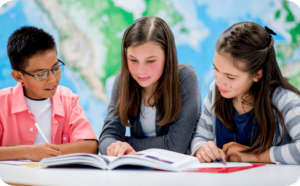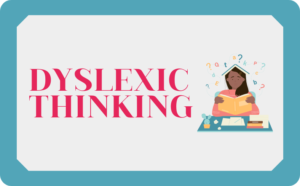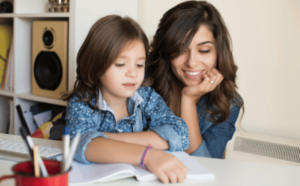No products in the cart.

By Vanessa Fontana-Berul, M.Ed.
Clinician at Strategies for Learning
I will always recall fondly my first day working in a Reggio Emilia-inspired program. Aside from knowing that this educational approach was developed in the second half of the 20th century in the Italian city that is also its namesake, I knew I had a lot to learn. What was Reggio really about? Then the answer started to come as I walked the length of the outdoor area, past the mud kitchen and the greenhouse, I heard a teacher ask a child, who was “waving” a wood block, “What is your plan for that?” In that moment my understanding of at least part of what Reggio is dawned on me: it’s important to ask questions, especially open-ended questions. I learned about other important concepts of the Reggio approach. Let me share some key Reggio ideas I learned in my teaching experience that you can adopt in the home.
- Offer free form loose parts that encourage experimenting
Use ramps for rolling small balls, loose pieces of cardboard or plastic tubing for building – the sky really is the limit! Ramps with balls can be a great place to start, encourage your child to experiment.
- The importance of documentation of the process of your child’s learning
Showing the work within your child’s community is an important idea of Reggio. It offers a visual narrative of the learning process. Documentation includes samples of children’s work, photos, and your child’s words about the work as well. When the learning is visible children can revisit ideas and moments in the learning process.
- Collaboration and reflection within the community
Reggio encourages collaboration on group projects, with the idea that learning is a social experience. Children learn by articulating their ideas and sharing them with others and listening to others. One way to collaborate with your child is to choose a topic of study and sit down together and brainstorm. Just start writing down ideas that come to you both and see where things go.
- Offer a” studio” like space for your child
The studio is a place where children can be free to express themselves in a fun, messy and playful way. You can create a studio space in the home by collecting materials (newspaper, felt, wrapping paper, etc.) that can be repurposed as art materials. Organize them in a child-accessible designated art space, along with paints, glue, and other art supplies, and then watch the creativity flow!
- Use inquiry-based learning with your child.
Model curiosity and encourage your child to articulate their ideas. Pick a study topic from your brainstorming sessions and then start asking those who, what, how and why questions.
This is a just a short list to start you out on the road to Reggio-inspired learning with your child. That feeling of freedom to explore and to create is a Reggio touchstone, as we know the world is its own wonderful classroom.
“Learning and teaching should not stand on opposite banks and just watch the river flow by; instead, they should embark together on a journey down the water. Through an active, reciprocal exchange, teaching can strengthen learning how to learn.”
Loris Malaguzzi, the founder of Reggio, quoted in The Hundred Languages of Children, ch. 3, by Carolyn Edwards (1993).
Learn more about Homeschool Support or about Our Team of Educational Therapists and Specialists.






